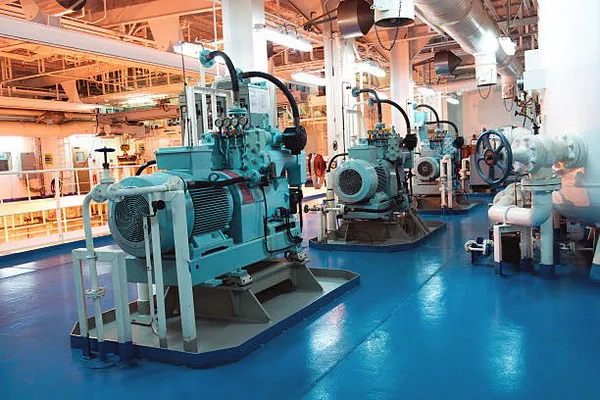In the intricate world of audio engineering, compressors stand as unsung heroes, subtly shaping and enhancing the sonic landscape. As indispensable tools in the arsenal of audio professionals, compressors play a pivotal role in refining the dynamics of a recording. This article aims to unravel the mystique surrounding compressors, delving into their functionality and the transformative impact they have on audio.
Understanding the Basics:
At its core, a compressor is a signal processing device designed to manipulate the dynamic range of an audio signal. The dynamic range refers to the difference between the softest and loudest parts of a sound. By virtue of their design, compressors act as guardians of this dynamic range, ensuring that audio signals remain within a specified threshold.
Primary Functions of a Compressor:
1. Dynamic Range Control:
The primary function of a compressor is to control the dynamic range of an audio signal. This is achieved by attenuating the amplitude of the signal when it exceeds a predetermined threshold. By doing so, compressors rein in the peaks and elevate the quieter portions of the audio, resulting in a more consistent and balanced output.
2. Volume Leveling:
Compressors play a crucial role in maintaining a consistent volume level throughout a recording. In scenarios where a vocalist fluctuates between whispers and powerful crescendos, a compressor ensures that the softer passages are audible without overpowering the listener during the louder segments.
3. Transient Shaping:
Transients are the initial, short-lived bursts of energy in a sound, such as the attack of a snare drum or the pluck of a guitar string. Compressors allow engineers to shape these transients, either by emphasizing them for added impact or smoothing them out for a more subtle, controlled sound.
4. Sustain Enhancement:
In the realm of musical instruments, compressors are frequently employed to enhance sustain. By compressing the signal, the decay of a note is slowed down, resulting in a more prolonged and expressive sound. This is particularly beneficial for guitarists and keyboard players aiming to create sustained, ethereal tones.
5. Noise Reduction:
Compressors inadvertently contribute to noise reduction by minimizing the volume fluctuations in a recording. This can be especially beneficial when dealing with background noise or hiss, as the compressor helps maintain a constant volume level, making the unwanted noise less perceptible.
See Also How Long Should An Air Conditioner Compressor Last
Parameters of Compression:
Understanding the parameters of compression is essential for harnessing the full potential of this audio processing tool. The key parameters include:
1. Threshold:
The threshold is the level at which the compressor begins to act. Any signal surpassing this threshold triggers the compression process. Setting the threshold appropriately is crucial for achieving the desired compression effect without sacrificing the natural dynamics of the audio.
2. Ratio:
The ratio determines the degree of compression applied once the signal crosses the threshold. For instance, a 4:1 ratio implies that for every 4 dB above the threshold, the output will only increase by 1 dB. Engineers tailor the ratio based on the specific requirements of the audio material.
3. Attack and Release:
The attack time dictates how quickly the compressor responds once the signal exceeds the threshold, while the release time determines how rapidly the compression effect is lifted after the signal falls below the threshold. Fine-tuning these parameters is crucial for shaping the envelope of the sound and influencing the overall feel of the recording.
4. Knee:
The knee of a compressor refers to the transition between uncompressed and compressed states. A “hard knee” results in an abrupt onset of compression, whereas a “soft knee” introduces a more gradual compression, allowing for a smoother and more transparent effect.
Conclusion:
In the intricate tapestry of audio engineering, compressors emerge as indispensable tools, wielding the power to sculpt sound with precision and finesse. By taming unruly dynamics, enhancing sustain, and shaping transients, compressors elevate the quality of recordings across various genres and applications. As audio professionals continue to explore the nuances of compression, the sonic wizardry of these unassuming devices will undoubtedly continue to shape the auditory landscape for years to come.

